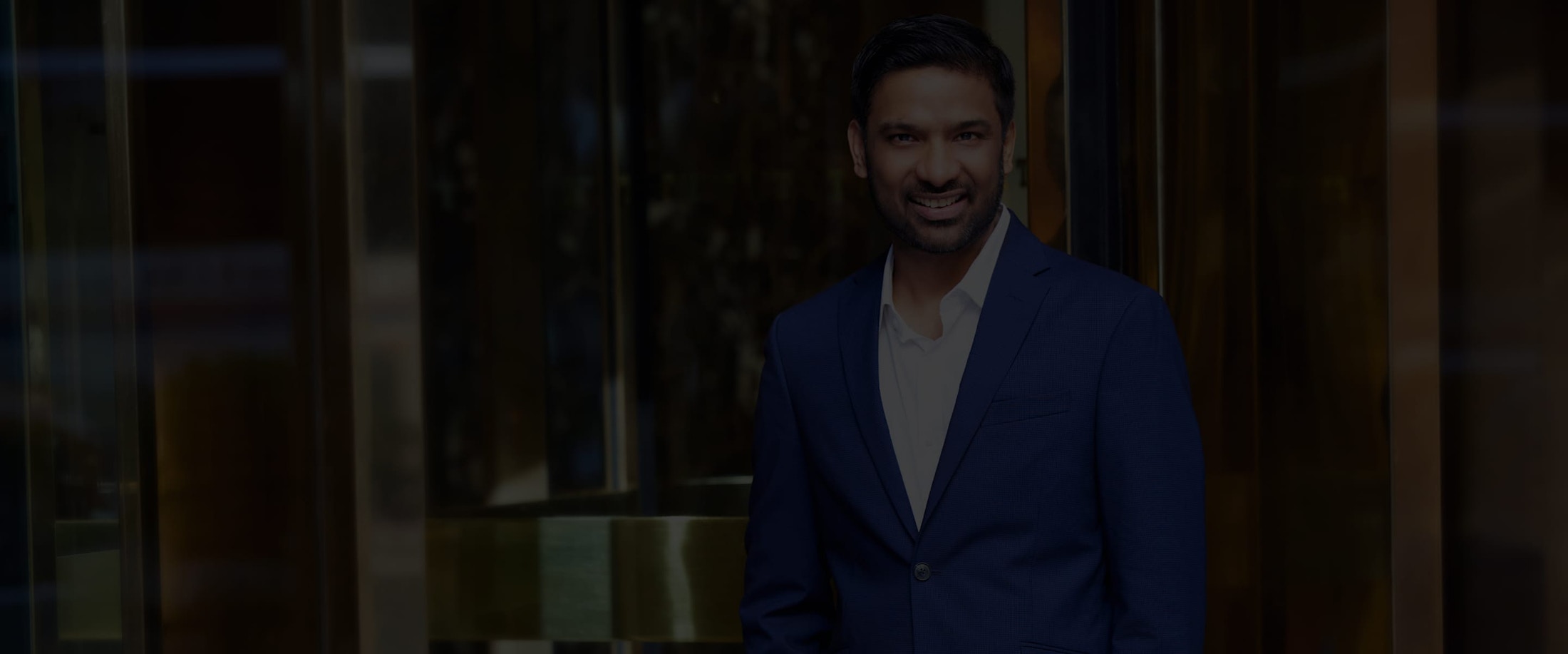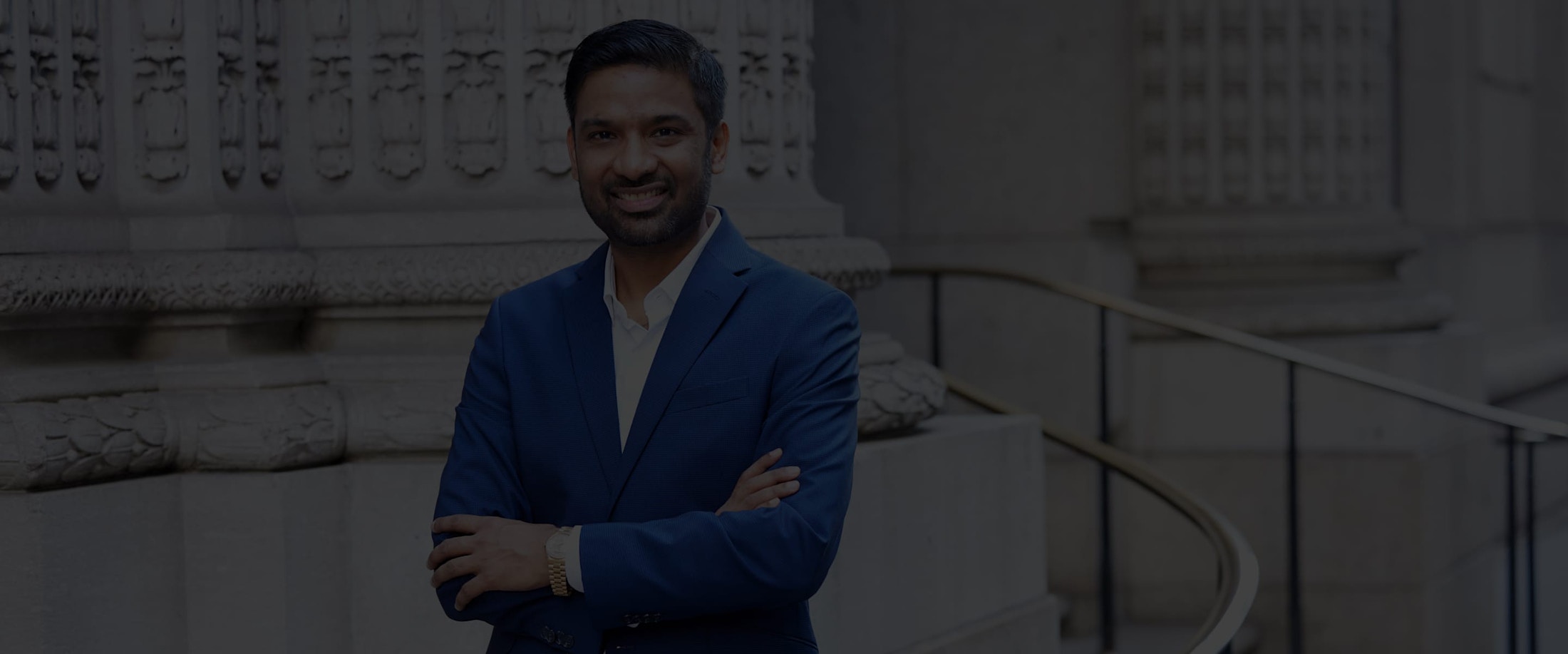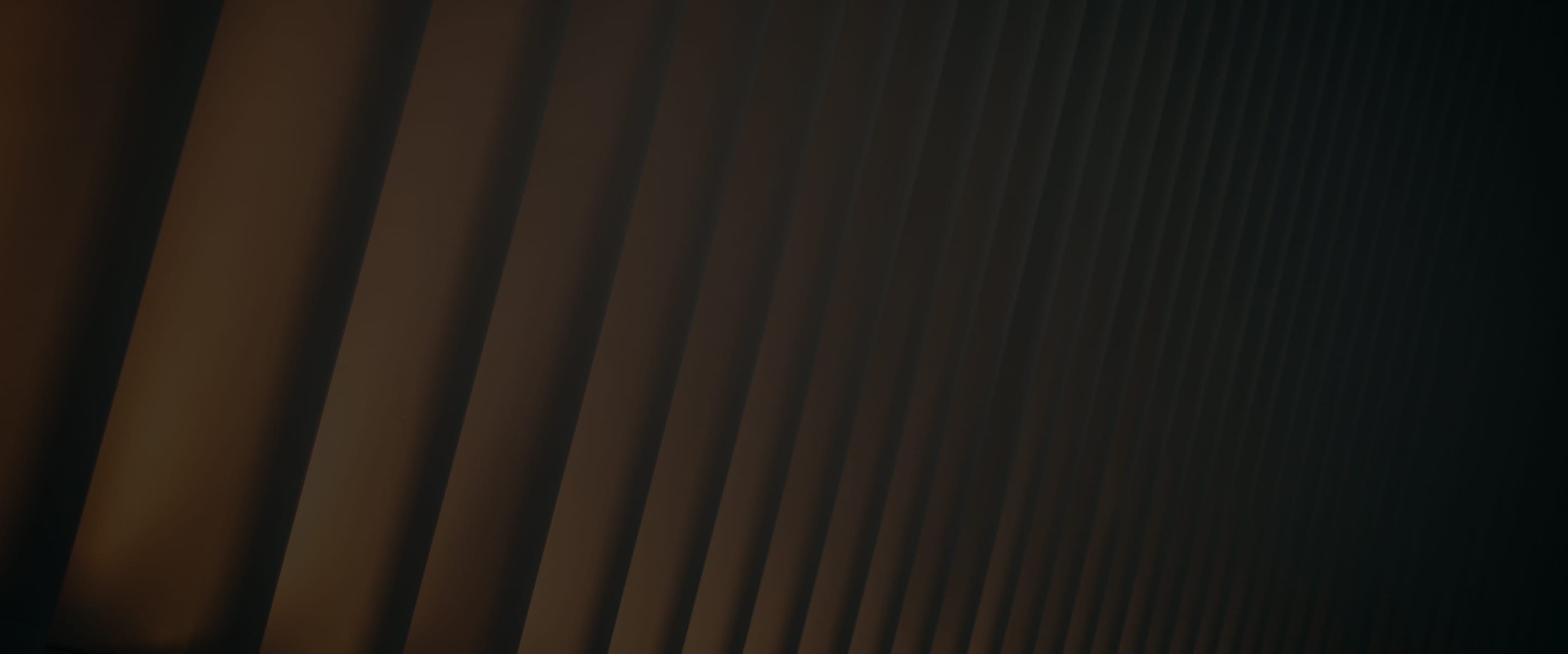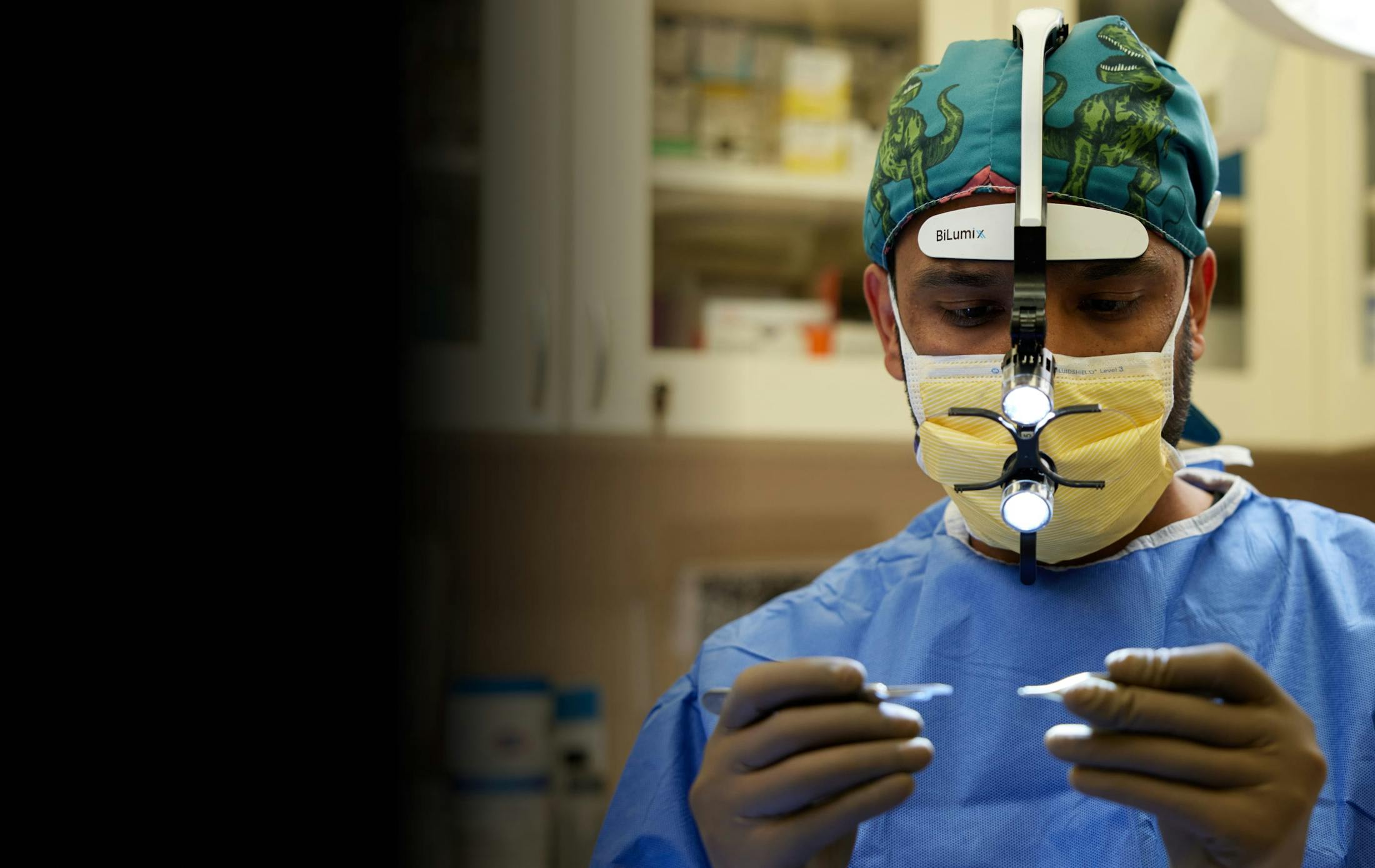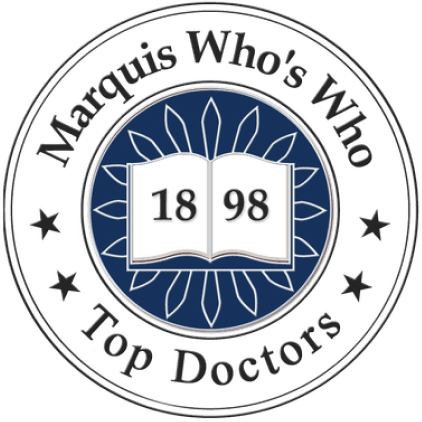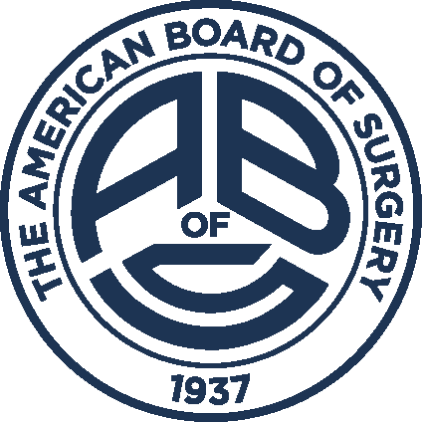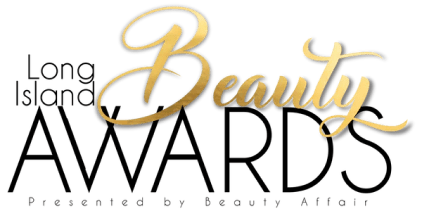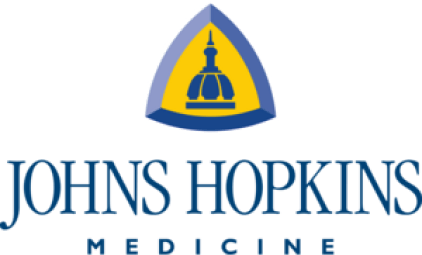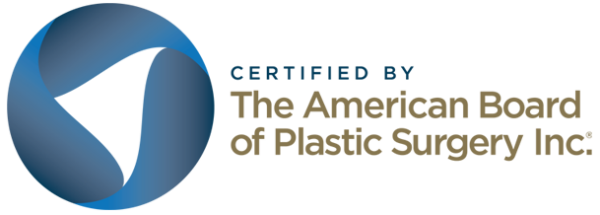Dr. Singh’s world-class facial plastic surgery training, artistry, and personalized approach can give you a refined and balanced nose that enhances your other features.
What Can Rhinoplasty Treat?
Patients seek rhinoplasty for a variety of reasons, often due to a wish to enjoy a more aesthetic facial balance. This surgery is highly individualized, addressing several aesthetic and functional issues, including:
- Reducing Larger Nose Size: Resizing the nose to create a more ideal proportion, balanced with the other facial features.
- Correcting a Drooping Nose Tip: Revising the shape and size of the nose tip to make it less prominent.
- Reducing a Hump on the Nose Bridge: A hump or bump on the nose bridge can be refined to create a more appealing, less noticeable nose shape.
- Correcting a Pinched Nose Tip: If the nose tip has a “pinched” look, it can be surgically corrected.
- Adding Structure and Volume to the Nose Bridge: A flatter nose bridge can be refined to be more structured and refined in shape.
- Correcting Long, Wide, or Large Nostrils: The nostril shape and size can be revised to create a more balanced harmony among the facial features.
- Creating Nose Symmetry: Correcting deviations or asymmetry.
- Treating Structural Concerns: Repairing a broken nose or correcting congenital defects.
- Improving Nose Function: Enhancing breathing by correcting nose structure issues such as a deviated septum.
Dr. Singh’s approach to rhinoplasty is highly customized, ensuring that each modification harmonizes with the patient’s facial features while achieving the desired aesthetic or functional outcome.



